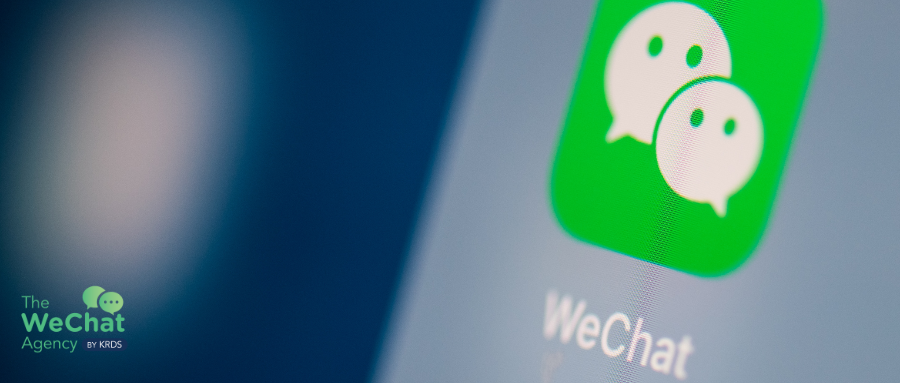China is one of the world’s largest e-commerce markets, with a myriad of marketplaces to choose from. Taobao, Tmall, JD, and Pinduoduo have drawn millions of shoppers to become frequent buyers over the last decade.
Social media has substantially impacted the way Chinese consumers shop online, in tandem with a tremendous increase in mobile phone usage. Especially those born in the mid-to-late-nineties, Chinese Gen Z also called the post-90s generation, are pioneering new trends.
That’s where XiaoHongshu comes in: a well-known “lifestyle” UGC and review app that’s taken the e-commerce world by storm. You can find the introduction to RED we covered before here – A Quick Guide to Xiaohongshu (Little Red Book) Marketing.
XiaoHongshu, or RED, is a combination of beauty, lifestyle, and fashion app in one that allows users to share their personal style while also discovering new goods from around the world. It is the Chinese equivalent of Instagram on steroids, and it’s a great way to read product reviews, share daily outfits, get fashion advice, and find high-quality businesses and all of this with just one click to buy the products mentioned in the article. This is especially relevant for relatively unknown, small luxury brands since beauty enthusiasts in China love to search for new labels and one of the industries that enjoyed this trend are niche perfumes – The Accelerating Growth of Niche Perfume Brands in China.
Why Should International Brands Leverage the Platform?
XiaoHongshu provides a variety of free and paid ways for businesses to advertise their brand to their user base. Some of them include:
Reason 1: Brand accounts
On XiaoHongshu, brand accounts are one of the most effective ways to interact with the community. They can send ‘notes’ to fans, add photographs and videos, sell their own items, and answer fan reviews and comments.
A brand account on XiaoHongshu with the correct strategy and content in place might quickly build attention on the platform, especially if your notes are added to the ‘boards’ of popular influencers.
Reason 2: 100 Monthly Active Users
XiaoHongshu has over 100 million monthly active users with 70% female and almost 40% users being between 25 and 34 years old. If you are a beauty, fashion, or lifestyle brand targeting Chinese gen Z that’s the platform to be.
Content Promotion Model
Reason 3: ‘Key Opinion Leaders,’ or influencers
Xiaohongshu developed as a review platform and grassroots content is still dominating. Influencers and key opinion leaders (KOLs) are critical to establishing traction on XiaoHongshu and are perhaps the most powerful type of advertising available.
The XiaoHongshu ‘Influencer Platform,’ a database with roughly 6,000 influencers, is designed to match you with individuals who are most relevant to your speciality and budget.
Who are Chinese influencers: KOL and KOCs?
Reason 4: XiaoHongshu advertising
XiaoHongshu also offers traditional advertising in the form of ‘pop-up’ ads that display when the app is used and promotional messages that are organically incorporated inside the platform’s ‘explore’ feed, in addition to organic opportunities and influencer marketing.
Develop content for the most important Chinese e-commerce festivals to catch the attention of Chinese users. Check out how to advertise on the platform in our article – Advertising on RED.
Overseas Shopping
Reason 5: Crossborder e-commerce
Xiaohongshu offers cross-border e-commerce business for brands based outside of China and wishes to target and sell to the Chinese market. Because of its business model, RED takes care of the warehouse and logistics within China making it easier for foreign brands to operate.
Find out more about cross-border e-commerce in China.
How to Set Up an Account on RED/Xiaohongshu?
Setting up accounts on WeChat and XiaoHongshu is frequently done in conjunction and is substantially less expensive than selling on Tmall.
Step 1: On RED, there are over 20,000 brand community accounts. Nearly 10,000 third-party e-commerce merchants use the network, which offers over 100,000 distinct products. As a result, the most vital initial step is to create an account.
Step 2: After you’ve created an account on RED with a Chinese phone number (you can also create an account with an international phone number, but your app’s functionality would be limited), the next step is to see if you can use their in-app e-commerce option.
Requirements for setting up an account
Your company must have a business registration in China in order to use this function. One of RED’s biggest advantages as a social commerce platform is that it has its own store where users can make purchases directly from the app. Many brands benefit from this closed-circuit integration since it allows them to sell their products more easily.
The main documents required to open a XiaoHongshu account are:
- Papers for registering a business
- Incorporation certificate
- Form for customs registration
You’ll also need to submit the following supporting papers.
- Information about the company
- Logistics commitment letter
- Authorization letter for store operations
- Brand information Application form
- Authorization form Trademark authorization
Conclusion
Xiaohongshu is an amazing platform where lifestyle brands can advertise things such as fashion, cosmetics, nutrition meals, accessories, and brands that are popular with young female shoppers. Hence, If you want to reach Chinese young female consumers, XiaoHongshu should be a big component of your strategy.
More than just another e-commerce marketplace; it’s a lifestyle community where users and influencers share photos, videos, and information about things they’ve used.
That is why at KRDS, we are committed to assisting businesses to achieve marketing success in China. If you require further support with setting up your account, please contact our team. We use our knowledge and expertise to help businesses build meaningful partnerships and develop their network among Chinese customers. For additional information, please contact us by phone – Shanghai or Hong Kong

